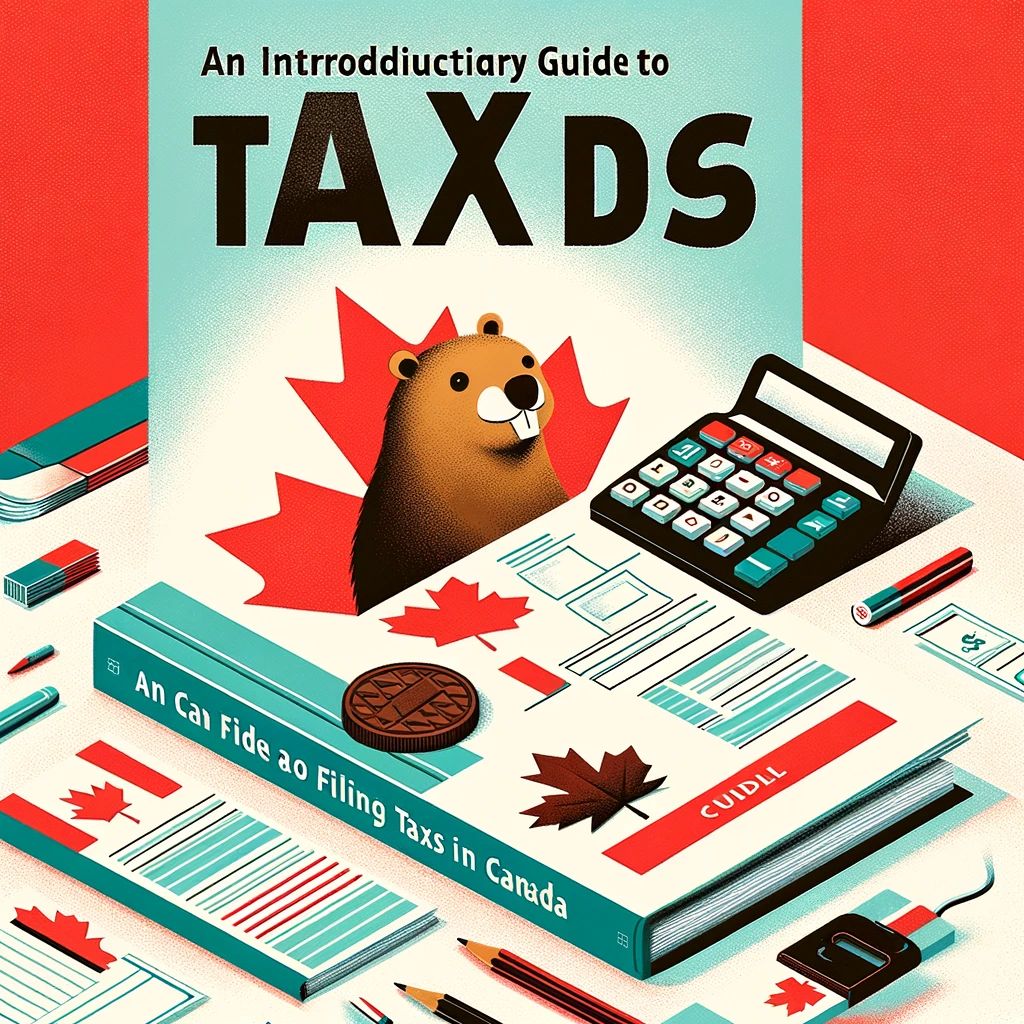
An Introductory Guide to Filing Taxes in Canada: Understanding Forms, Calculating Income, and Identifying Deductions and Credits
Filing taxes in Canada can be a daunting task for many individuals, but with a systematic approach and understanding of the process, it becomes more manageable. This guide aims to provide an overview of the essential steps involved in filing taxes, including understanding tax forms, calculating income, and identifying eligible deductions and credits.
Understanding Tax Forms
The main form used by individuals to file taxes in Canada is the T1 General Income Tax and Benefit Return. This form contains various sections, including personal information, income, deductions, and credits. Additionally, taxpayers may need to fill out supplementary forms and schedules depending on their specific financial circumstances (Canada Revenue Agency, 2021).
Calculating Income
Calculating income involves determining total income from all sources, including employment income, investment income, rental income, and any other forms of income. Taxpayers must deduct eligible expenses to arrive at their net income, which serves as the basis for determining tax liabilities (Canada Revenue Agency, 2021).
Identifying Deductions and Credits
Taxpayers can reduce their taxable income by claiming deductions and credits. Common deductions include contributions to Registered Retirement Savings Plans (RRSPs), employment expenses, and eligible moving expenses. On the other hand, tax credits, such as the Basic Personal Amount and various provincial credits, directly reduce the amount of tax owed (Canada Revenue Agency, 2021).
Filing Process
Taxpayers have the option to file their taxes electronically using NETFILE or by mail. Electronic filing is generally preferred as it is faster, more convenient, and reduces the risk of errors (Canada Revenue Agency, 2021). It’s essential to file taxes by the deadline, typically April 30th, to avoid penalties and interest.
In conclusion, filing taxes in Canada requires careful attention to detail and a thorough understanding of the tax system. By following the steps outlined in this guide and seeking assistance when needed, taxpayers can navigate the process effectively and fulfill their tax obligations.
References
Canada Revenue Agency. (2021). T1 general income tax and benefit return. Retrieved from https://www.canada.ca/en/revenue-agency/services/forms-publications/forms/t1-general-2020.html
